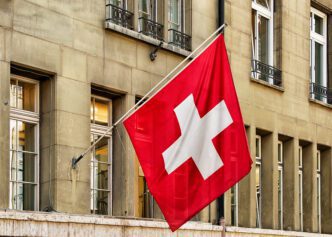In January, consumer prices in the United States saw an unexpected increase, marking the annual inflation rate at 3%, according to the Consumer Price Index data released by the Bureau of Labor Statistics. This figure contrasts with economists’ predictions which anticipated minimal changes from December’s data, thereby catching many by surprise.
The unexpected surge in inflation impacts various sectors, with consumer prices rising by 0.5% from December to January. This increase represents the swiftest pace since September 2023, raising concerns amidst the ongoing challenges related to the cost of living for many Americans. Additionally, the Federal Reserve is carefully monitoring these changes as interest rates could move upward, given the current economic landscape.
Specific categories such as energy and food have seen notable price hikes, especially eggs, which have experienced a 15.2% increase from December. This rise is attributed to a severe avian flu outbreak causing widespread shortages. The overall grocery price index climbed by 0.5% in January, with the surge in egg prices accounting for two-thirds of this increase, according to the Bureau of Labor Statistics.
Economists had initially expected a 0.3% rise in inflation compared to December, maintaining the annual rate at 2.9%. However, the actual report revealed a higher-than-anticipated core inflation rate, jumping by 0.4% in January. This core measure, which excludes volatile food and energy prices, reached an annual rate of 3.3%. While some categories remain stable, others, such as shelter inflation, continue to show increases.
Financial markets responded to the inflation report with significant activity. US stocks experienced a decline, with the Dow falling by approximately 395 points at the opening. Similarly, the S&P 500 and Nasdaq Composite both dropped by over 1% each. The yield on the 10-year Treasury note surged to 4.6% following the release of the inflation data.
The current economic climate presents several challenges, as highlighted by Federal Reserve Chairman Jerome Powell during his testimony before the Senate Banking, Housing and Urban Affairs Committee. He acknowledged the complexities of shelter inflation, particularly given its ongoing rise due to factors like increased home insurance costs.
President Donald Trump’s administration continues to navigate these developments, expressing a desire for lower interest rates. Trump’s recent social media statements suggest an aggressive policy stance aimed at addressing inflation and economic concerns. However, mainstream economists are skeptical, cautioning that proposed tariff plans could potentially reignite inflationary pressures and inhibit economic growth.
The recent inflation report underscores the complexities facing the US economy, where rising prices are putting pressure on both consumers and policymakers. As uncertainties persist, the Federal Reserve and the government will need to carefully weigh their next steps to stabilize the economic environment without disrupting growth.








